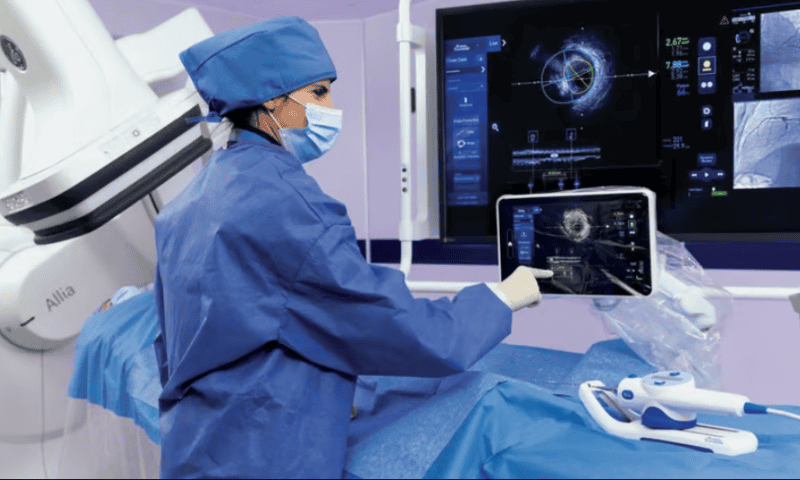GE HealthCare missed its revenue goals for the first quarter after sales in China dipped 11%, compared to the boosts the company saw in the region during the same period the year prior.
Overall, revenues declined 1% to $4.6 billion, or just about flat when accounting for changes in international currencies. GE HealthCare hopes to make up ground in the remainder of the year, and is sticking to its previous sales growth projections of about 4% year-over-year.
Describing the first quarter of 2023 as the company’s toughest comparison of the year, CEO Peter Arduini said things will get better in the latter half of the calendar.
“Q1 was impacted by, fundamentally, two items,” Arduini said on a call with investors. “One was some fulfillment delays in [patient care solutions]. I think we’ve got those well in hand to have them resolved by mid-year. ”
“And then there is the China piece. We know that anti-corruption presents a challenging environment, and we expect that to also play out through mid-year,” he said, referring to the government’s year-long, national campaign against corruption in the healthcare sector that was launched last May, which has slowed down volume-based procurement purchases of both drugs and medical devices across the country.
At the same time, the first quarter of 2023 had previously seen an 18% gain in China sales, lifted by government stimulus efforts — reaching $672 million in revenue, versus this year’s $597 million.
“We see that actually turning around in 2024,” Arduini said. “The timing of our new product introductions is very good, as well as in imaging. So I’m rather confident on how we’re going to see the capital landscape and the market evolve within the U.S.—but relative to the quarter, it was those two specific items that dampened our top line.”
The company also pointed to 20% growth in its R&D spend, up to $324 million for the quarter, as a driver of future revenue expansion opportunities. GE HealthCare’s stock price dropped by about 12% following the news, down to about $77.84.
By segment, imaging held flat organically, at about $2.5 billion, after seeing 12% growth last year. Meanwhile, ultrasound and patient care solutions each dipped 4%—including $824 million compared to $859 million among cart-based and hand-held scanning probes, and $747 million down from $781 million in patient monitoring and anesthesia delivery systems.
The company’s pharmaceutical diagnostics division posted gains of 8%, to just shy of $600 million up from $558 million, with its sales of injectable imaging diagnostic agents for Alzheimer’s and a wide range of other diseases.

